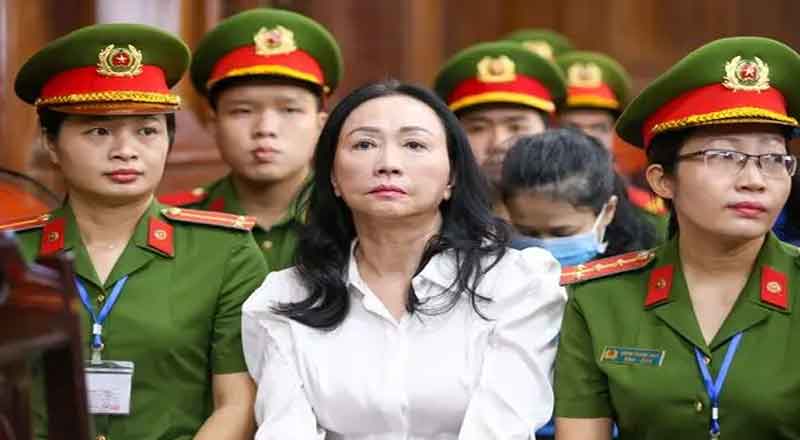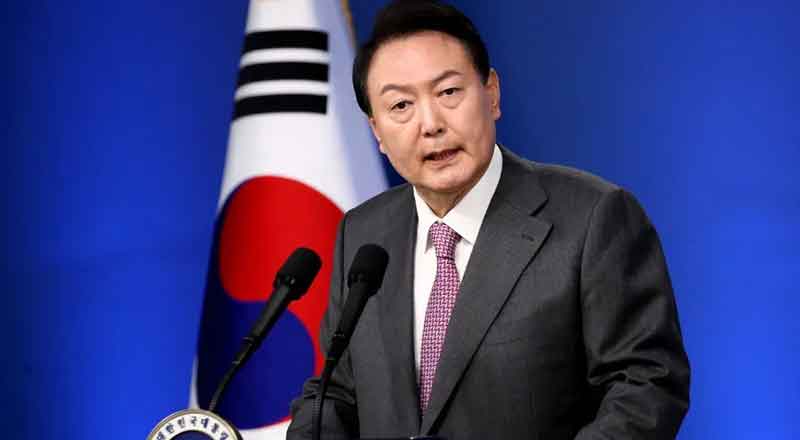A Complex Bilateral Relationship
India and China, two major powers in Asia, share a multifaceted relationship marked by cooperation and contention. Historically rooted in cultural exchanges and economic partnerships, their ties have been frequently tested by border disputes, culminating in the deadly 2020 Galwan Valley clash. This incident significantly strained relations, disrupting peace along the Line of Actual Control (LAC) in Eastern Ladakh. However, recent developments suggest a cautious but deliberate effort to restore stability and redefine the terms of engagement between the two nations.
In a recent parliamentary briefing, External Affairs Minister (EAM) S. Jaishankar provided a comprehensive update on the state of India-China relations, emphasizing progress in border disengagement and laying out the roadmap for future de-escalation.
Immediate Priorities: Ensuring Stability at the LAC
EAM Jaishankar highlighted that the Galwan Valley clash of 2020 marked a turning point in India-China relations, with fatalities at the border for the first time in 45 years. The aftermath saw heavy weaponry deployed by both nations near the LAC, requiring swift diplomatic and military responses to prevent further escalation.
The immediate priority, as outlined by Jaishankar, was to achieve disengagement at key friction points in Eastern Ladakh. This objective has now been fully met, with disengagement achieved at locations including Depsang and Demchok. These steps, part of a meticulously negotiated process, were crucial to avoiding further clashes and creating conditions for dialogue.
Key Principles Governing India-China Engagement
Jaishankar reiterated India’s unwavering stance on three fundamental principles that guide its approach to the border issue:
- Strict respect and adherence to the LAC by both sides.
- Rejection of unilateral attempts to alter the status quo.
- Full compliance with past agreements and understandings.
These principles, he asserted, are indispensable for ensuring lasting peace and stability in the border areas.
Diplomatic and Military Coordination
The minister credited Indian armed forces for their rapid and effective counter-deployment during the 2020 crisis, even under the challenges of the COVID-19 pandemic. Alongside military preparedness, a robust diplomatic effort was initiated to de-escalate tensions. Continuous engagement at both military and diplomatic levels has facilitated the resolution of several border issues, setting the stage for broader bilateral discussions.
The conclusion of disengagement has opened the door to addressing remaining concerns, such as patrolling rights and civilian grazing access, in accordance with longstanding practices. Temporary measures have also been implemented in other friction areas to minimize the risk of renewed conflicts.
Moving Forward: From Disengagement to De-escalation
With disengagement successfully achieved, the next priority is de-escalation—reducing troop concentrations and associated military build-ups along the LAC. Jaishankar stressed that maintaining peace and tranquility in border areas is a prerequisite for the broader development of India-China relations.
The minister also acknowledged that while the bilateral relationship has been adversely impacted by recent events, there remains potential for calibrated engagement in other domains. This includes exploring avenues for economic cooperation and managing border activities more effectively, always with national security interests as the foremost consideration.
A Path Toward Stability
India-China relations stand at a critical juncture, shaped by the lessons of recent history and the imperative to prevent future conflicts. Jaishankar’s briefing underscores a dual strategy: maintaining a firm stance on border security while pursuing diplomatic solutions to unresolved issues.
The successful conclusion of the disengagement phase is a significant step forward, but the journey toward full normalization of ties will require sustained effort, mutual respect, and adherence to agreed principles. As discussions on de-escalation and broader engagement continue, both nations have an opportunity to rebuild trust and create a framework for peaceful coexistence in the region.
Ultimately, the future of India-China relations hinges on their ability to reconcile differences while respecting each other’s sovereignty and security concerns—a challenging yet vital endeavor for regional and global stability.
(With inputs from agencies)





